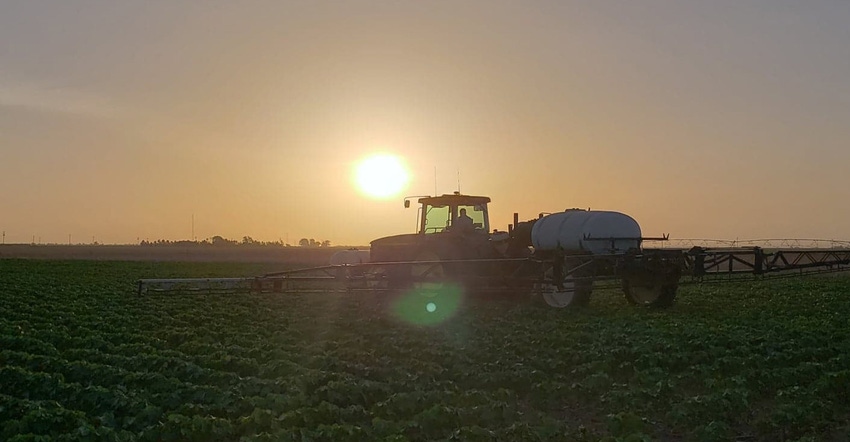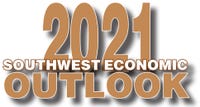
 Input prices are always prey to market swings. The uncertainty of the economic recovery, tariff issues, and a challenged farm economy make 2021 decisions particularly complex.
Input prices are always prey to market swings. The uncertainty of the economic recovery, tariff issues, and a challenged farm economy make 2021 decisions particularly complex.
Looking at the big picture, fertilizer prices peaked during the 2012-14 period and have trended down since then. In most locations, fall 2020 fertilizer prices were lower relative to the previous year across all product forms. Fertilizer prices are low by historic standards so there may be more upside potential relative to the downside. After 2020 we all understand the supply chain risk and the possibility that inputs will not be there when needed. Fertilizer supply chains held up well through the pandemic and there are no apparent supply chain issues for 2021. Still, there could be value in pre-pricing or pre-staging a portion of your nutrients needs. Additionally, we have seen some large swings in the urea/NH3 and liquid/NH3 price ratios. Producers who can consider alternative nitrogen sources should carefully consider the relative prices.
Farm diesel prices have also been at historic lows. Last year saw some of the lowest prices of the past decade and well below the $3.50 level common from 2011- 14. The pandemic drove prices in 2020 with reduced aviation demand, a general economic downturn and thousands of school busses not running. Diesel demand, like overall petroleum demand is recovering but is unlikely to hit 2019 levels until at least late 2021. The U.S. Energy Information Administration outlook for 2021 is for stable diesel prices. Several factors ranging from crude oil prices to a recovery in aviation could change that picture but upside risk appears limited now.
Crop protectant availability was a non-issue in 2020 but that may not carry through to 2021. China produces 49% of pesticides used on U.S. fields. While China is poised to recover from the coronavirus pandemic ahead of Western countries, there may be an increased push towards domestic input production soon to mitigate availability risk. Such a shift would inevitably come at the cost of farmers as domestic manufacturing would incur higher input costs.
Seed selection is one of the biggest decisions farmers make every year and has become a significant input cost. In the early 90’s seed prices averaged $20 to $25 per acre with the current investment sometimes exceeding $100 per acre. Yield potential and the difference between the top and bottom tier selections has also increased correspondingly. With today�’s tight margins producers need to carefully balance extra yield potential or decreased yield risk with the extra cost. The decision comes down to individual factors such as crop rotation, field specific problems and risk tolerance.
Fertilizer, seed and crop protection can account for 25% of crop production expenses. Those input costs will remain key factors in 2021. The underlying price trends of all those inputs are relatively stable. The best strategy may be to relax and strike a balance between proactive pre-pricing and watching for purchase opportunities.
2021 Outlook articles:
Source: is Oklahoma State University and Texas A&M University, which is solely responsible for the information provided and is wholly owned by the source. Informa Business Media and all its subsidiaries are not responsible for any of the content contained in this information asset.
About the Author(s)
You May Also Like




